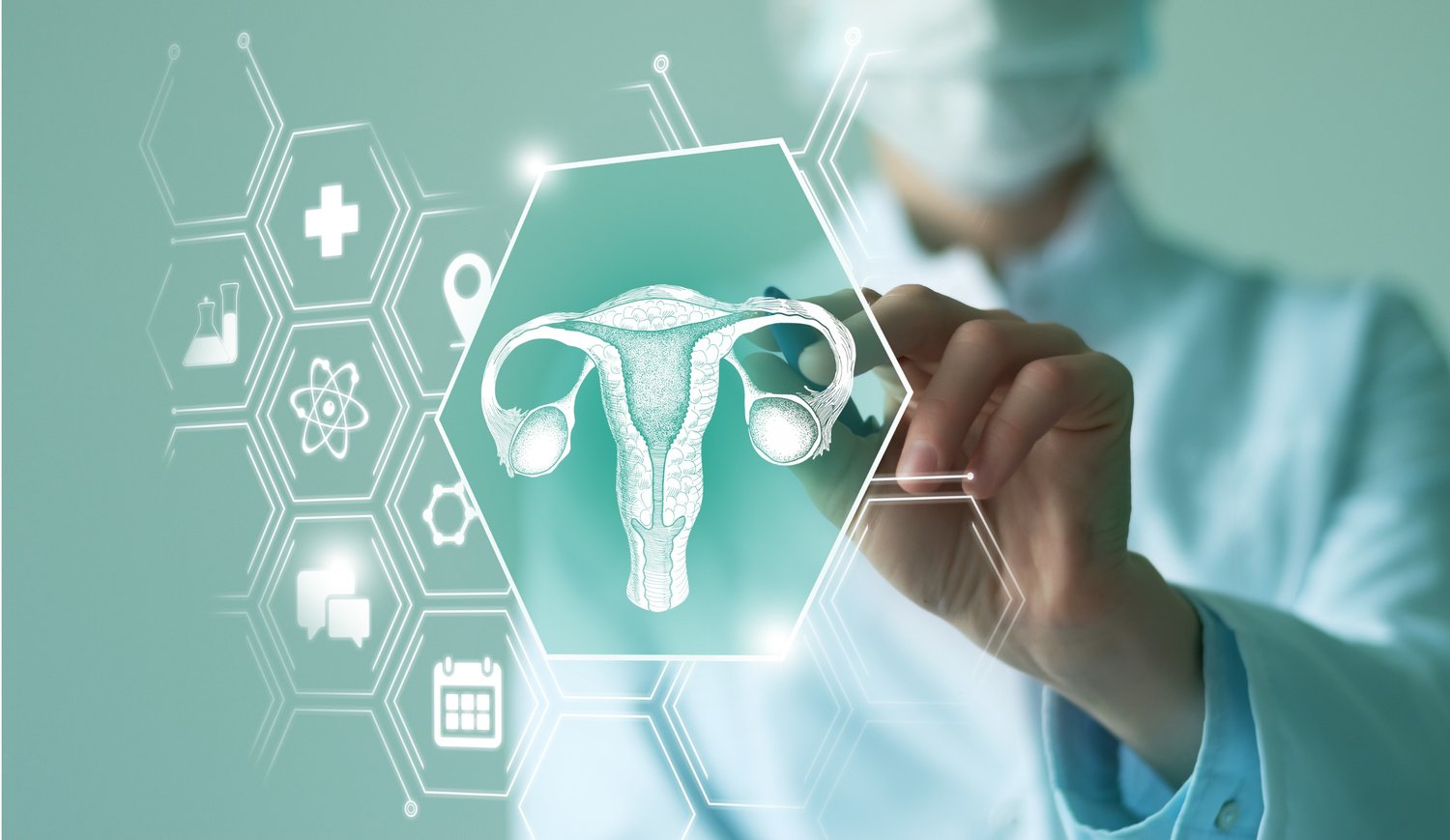A hysteroscopy is a medical procedure that is used to examine the inside of the uterus to look for abnormalities or other potential issues.
The procedure involves inserting a hysteroscope into the uterus through your vagina and cervix, meaning it is an incisionless procedure. The hysteroscope is equipped with a narrow light and camera that allows your doctor to visualize the inside of your womb on a monitor in the operating room.
But why would a hysteroscopy be ordered, and what issues can be diagnosed with the procedure? We take a closer look at the hysteroscopy procedure in today’s blog.
When Would A Hysteroscopy Be Ordered?
A hysteroscopy may be ordered for a number of different reasons, but some of the most common include:
-
Bleeding Issues – A hysteroscopy can help shine a light on a number of bleeding-related issues. If you are dealing with heavy periods, vaginal bleeding or postmenopausal bleeding, a closer examination of the uterus with the help of a hysteroscopy can prove informative.
-
Pregnancy-Related Problems – If you are finding it hard to conceive or you have experienced multiple miscarriages, there may be a uterine issue that could be uncovered with the help of a hysteroscopy.
-
Possible Growths Or Scar Tissue – A hysteroscopy can also reveal any fibroids or polyps on the womb that could be causing symptoms or other health issues. These growths can also sometimes be removed during a hysteroscopy. Problematic scar tissue (known as an intrauterine adhesion) that can affect your period or your likelihood of becoming pregnant can also be addressed during a hysteroscopy.
-
IUD Issues – Your doctor can also use a hysteroscopy to address or remove a displaced intrauterine device (IUD).
How Is A Hysteroscopy Conducted?
A hysteroscopy can be carried out in just a few minutes, but the procedure can take up to 30 minutes depending on the goals of the procedure. Because it is incisionless and takes a short amount of time, it can typically be carried out on an outpatient basis. A local anesthetic may be administered prior to the operation, and general anesthesia will only be used if a treatment is being performed while the procedure is being carried out.
During the operation, you will be positioned on your back with your legs held in supports and a sheet over your lower half. In some cases, a speculum may be inserted into your vagina to hold it open. The hysteroscope is then passed into your womb and the attached camera projects a video to a monitor in the room, allowing your doctor to see or treat any potential issues. Once the doctor is satisfied, they’ll carefully remove the hysteroscope and the test will be complete.
It’s common to experience some mild discomfort in the hours and days after the procedure, but you shouldn’t experience any sharp or prolonged pain. Many women return to work or normal activities the following day, but some prefer to have a day or two off in order to fully recover. You may experience some cramping that is similar to period discomfort and even some light spotting, and this isn’t a cause for concern unless bleeding is heavy. Most doctors recommend waiting at least a week after the procedure to have sex to ensure bleeding has stopped and to reduce your risk of an infection.
MetroPartners OBGYN
A hysteroscopy is just one of the many diagnostic procedures available at MetroPartners OBGYN, and it’s a tool we can use with you in the event you are dealing with any abnormal symptoms. For more information about a hysteroscopy or other diagnostic procedures, reach out to our team today at (651) 770-3320.

